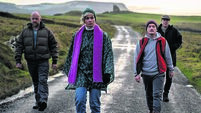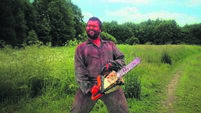Documentary sheds light on life of miners in West Cork village
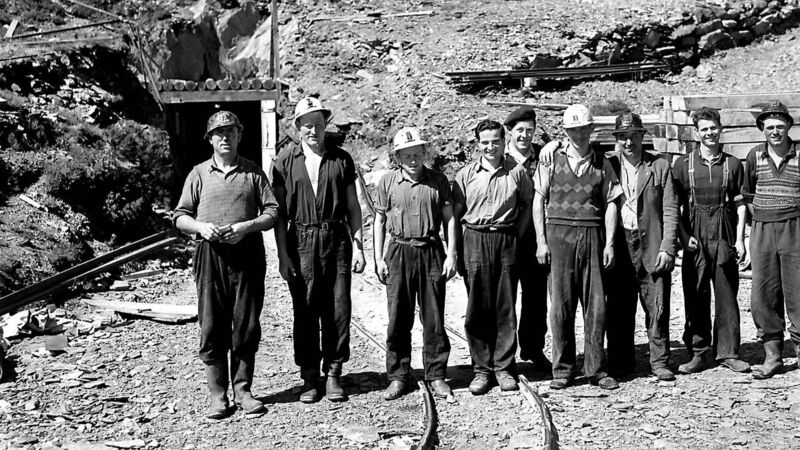
Workers at the Allihies Copper Mines in 1957.
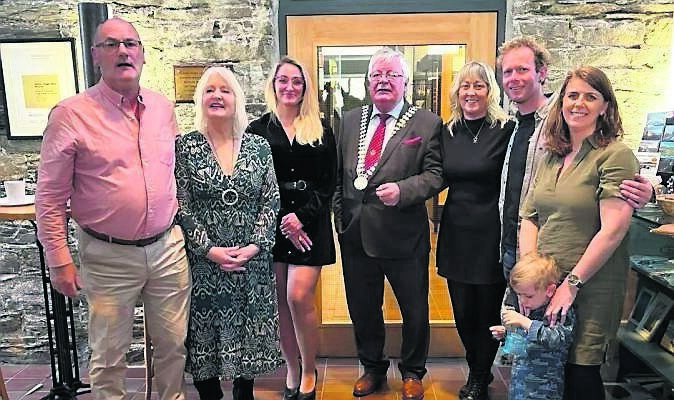
The story of how this wood reached the Men’s Shed is the intriguing focus of a short documentary, Reclaimed To Remember, produced by the Cork-based company Wombat Media, run by husband-and-wife team Ciara Buckley and David Slowo.
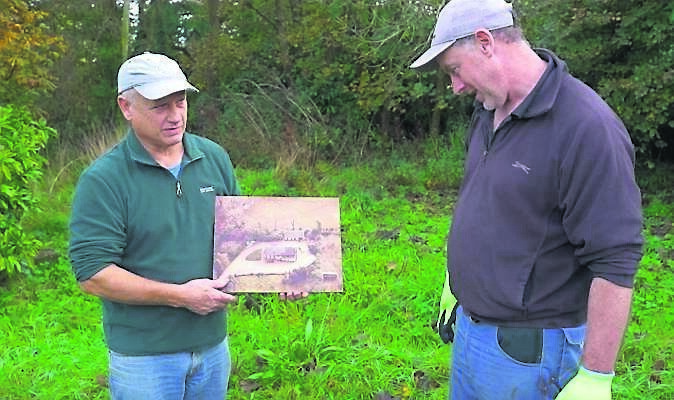
Around 1916, William Wood, a West Cork auctioneer, bought the wood from the Allihies Mines, selling much of it, but he built a large bungalow in Skibbereen which would eventually become the family home of the Roycroft family.
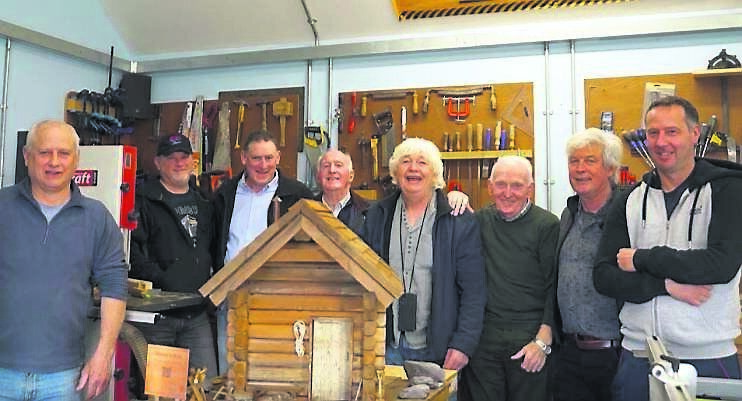
Dudley says the documentary offers a fresh perspective on how Allihies Mine can be remembered.
has a special screening on Sunday, July 13, in Allihies Hall.

